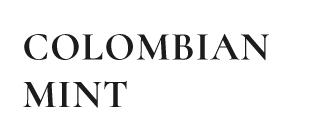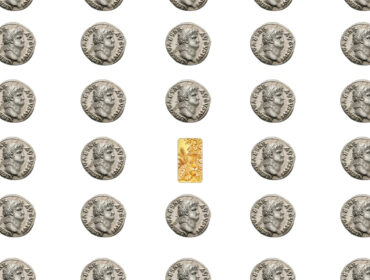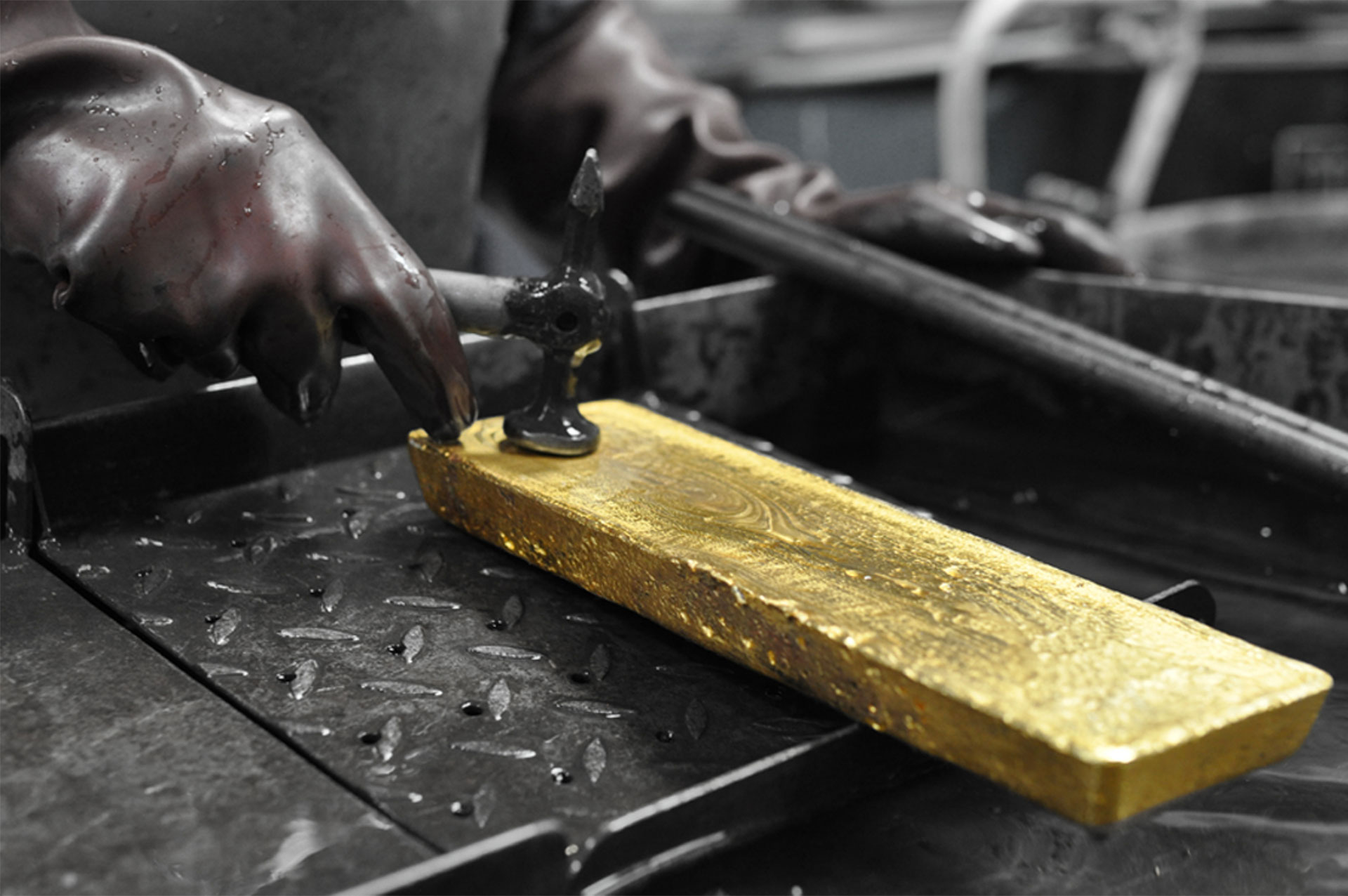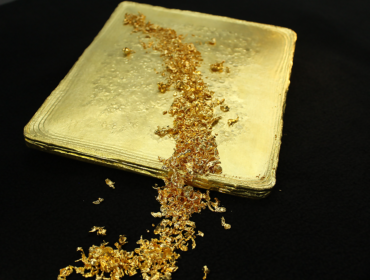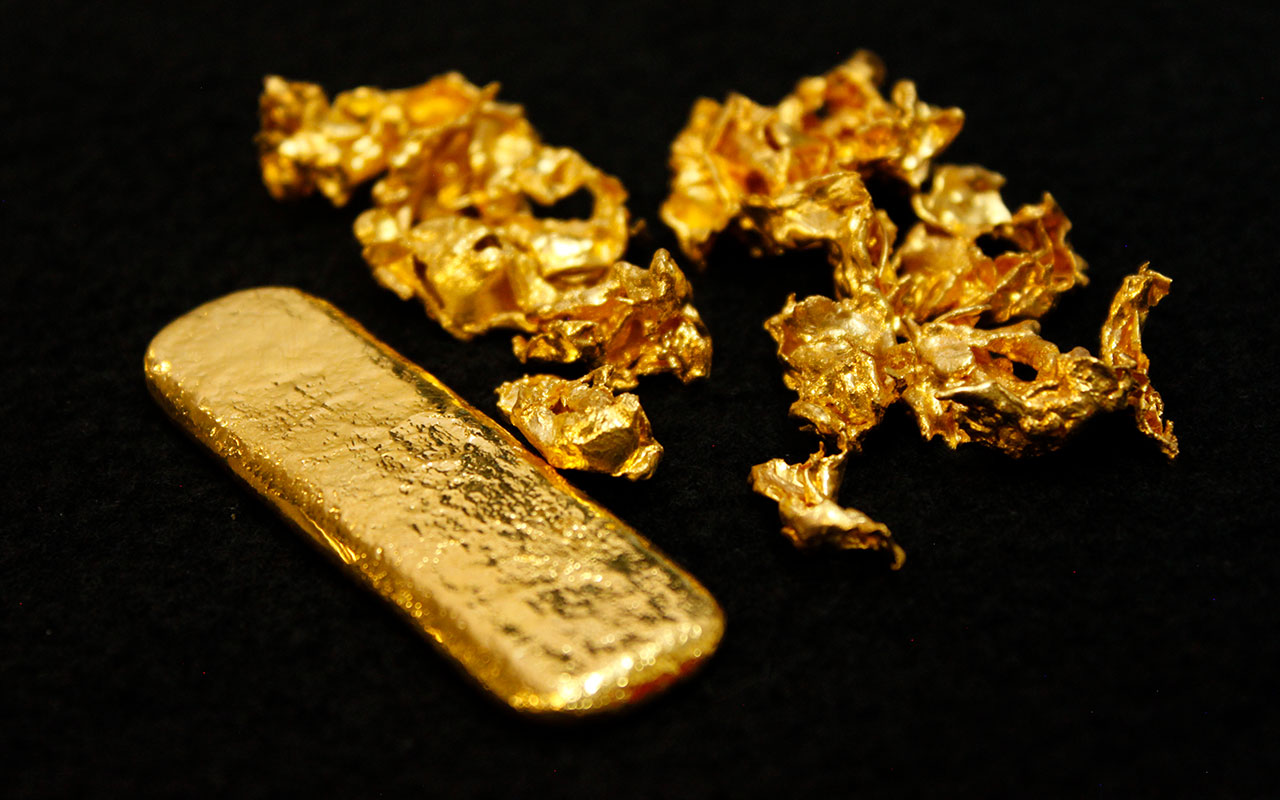Gold shines brighter as global uncertainties stir economic storms.
“May you live in interesting times” is an often misquoted sarcastic curse. And interesting times we are indeed living. Geopolitical uncertainty is mounting, with war in Ukraine and regional tensions rising throughout the globe. Most of the Western World is experiencing historically high inflation, whilst real wages remain stable, further impairing the low and middle classes. And financial markets are, as a result, in a turmoil, as monetary policy seems to be incapable of solving inflation. At the same time, the US Dollar is losing its role as the ruling global reserve currency..
In such interesting times, it is no wonder that people try to escape these modern curses by turning their attention to safe-harbors. And, for as long as Human history can recall, gold has been a safe haven of preference for protecting wealth. It is thus with no surprise that the gold price is rising, near all-time highs.
But what are the exact factors contributing to this price hike?
Historically, periods of high, generalized inflation, meaning a generalized increase in the price of goods and services, lead to rising gold prices. It was the case of the end of the 1970’s and early 1980’s, when geopolitical tensions in the Middle East led to shortages on the supply of oil and sudden hikes on its price, generating sudden shocks on the global economy. The reaction was a significant expansion of the money supply (meaning more money in circulation) and increased government spending. As a consequence, investors, surprised by these shocks and sudden inflation, turned their attention – and money – to safe-harbors such as gold to protect their savings.
More recently, the COVID-19 pandemic unexpectedly disrupted global supply chains and altered consumption patterns, leading to significant economic effects. In the aftermath of the pandemic, a war clashed in Eastern Europe, at a scale that the old world hasn’t known since the Second World War. As a consequence, inflation soared to levels unseen in more than a generation. History doesn’t repeat, but often rhymes. So, people all around the globe are again looking after investment hedges against soaring prices to preserve wealth – a traditional role that gold has played well throughout history.
Classical studies on the price of gold have asserted the appetite of investors for holding gold if its price appreciates enough to compensate for the missed interest from reference government bonds. Bond yields seem to have shifted directions since early March 2023, in what is perceived as a growing expectation of the end of the Fed’s interest rate hikes with a possible economic recession in the horizon. Again, in the face of uncertainty, the markets react conservatively, shifting their attention to safer assets as the shiny metal.
As if these factors would not suffice, 2023 has also brought a shocking number of bank failures in the US and Europe. The disruption among financial institutions, leading to the closure of various American banks and the absorption of the too-big-to-fail Credit Suisse by another Helvetic bank has brought back fears of further financial instability and a decrease in trust in traditional financial institutions. Bells are ringing all over the world claiming for assets which can protect wealth.
Again, history is rhyming. As a consequence of the 2008 financial crisis, global governments significantly increased public spending. This had unforeseen consequences in highly indebted countries that faced difficulties adapting to the changing circumstances. It was the case of some European Union member states, united under a single market and single currency – the euro – that reduced the scope of maneuver in their public policies toolbox. Economically fragile nations that already faced significant constraints, namely Portugal, Ireland, Greece and Spain had to be bailed-out to avoid defaulting on their public debts. And, as we’ve seen, public debt is seen as a risk-free asset, right? Well… On the brink of precipice, where did investors and regular people look to protect their wealth? To gold, leading its price to unprecedented levels.
One issue seems to be different. In the previous crisis, the USA emerged as a financial anchor, even when they had a definite role in unleashing some of the waves that led to those storms. The US Dollar was always unchallenged as the true global currency, ruling over international trade. What seems to be different now is that the leading economic role of the USA, the might behind the Pax Americana, is being challenged on several fronts.
First, countries with large public debts denominated in USD have been looking for alternatives to increase their economic independence from domestic policy changes in the US that might impact interest rates. An argument that also holds true to countries and Central Banks looking to diversify their international reserves.
Second, several countries are challenging the role of the US Dollar as the de facto currency for international payments. International trade denominated in USD decreased from 73% in 2001 to 57% in the last quarter of 2022. With mounting political and economical tensions, countries such as China are looking to enforce the use of renminbi in international commerce, especially within Africa. A movement that has also been followed for international trade by countries with severe sanctions imposed by the US, such as Russia and Iran.
But the challenges on the US Dollar do not come only from abroad. Even individuals, often domestic citizens, seek alternative forms of money for their savings, payments and reserves of value. We are seeing this also from the rise of cryptoassets, be it Bitcoin (adopted as legal tender in El Salvador in 2021) or stablecoins.
All-in-all, these are the ingredients for an inevitable recipe. Add financial instability, unseen inflation, war in Europe and geopolitical tension, and a weakened dollar and what do we get? A perfect storm for reserve assets such as gold to soar.
Interesting times we live, indeed. And amid this volatility, few certainties remain. One of those, which has stuck with us since times immemorial, is the role of gold as a safe-harbor to hold through the storm. Because in dark times, nothing shines like it.
The Colombian Mint is an internationally renowned refinery and assayer of gold and silver. Based in Colombia, we are trusted by miners across Latin America and by dore and bullion bar buyers around the world. Established in 1997, but gold experts since the XIX century.

